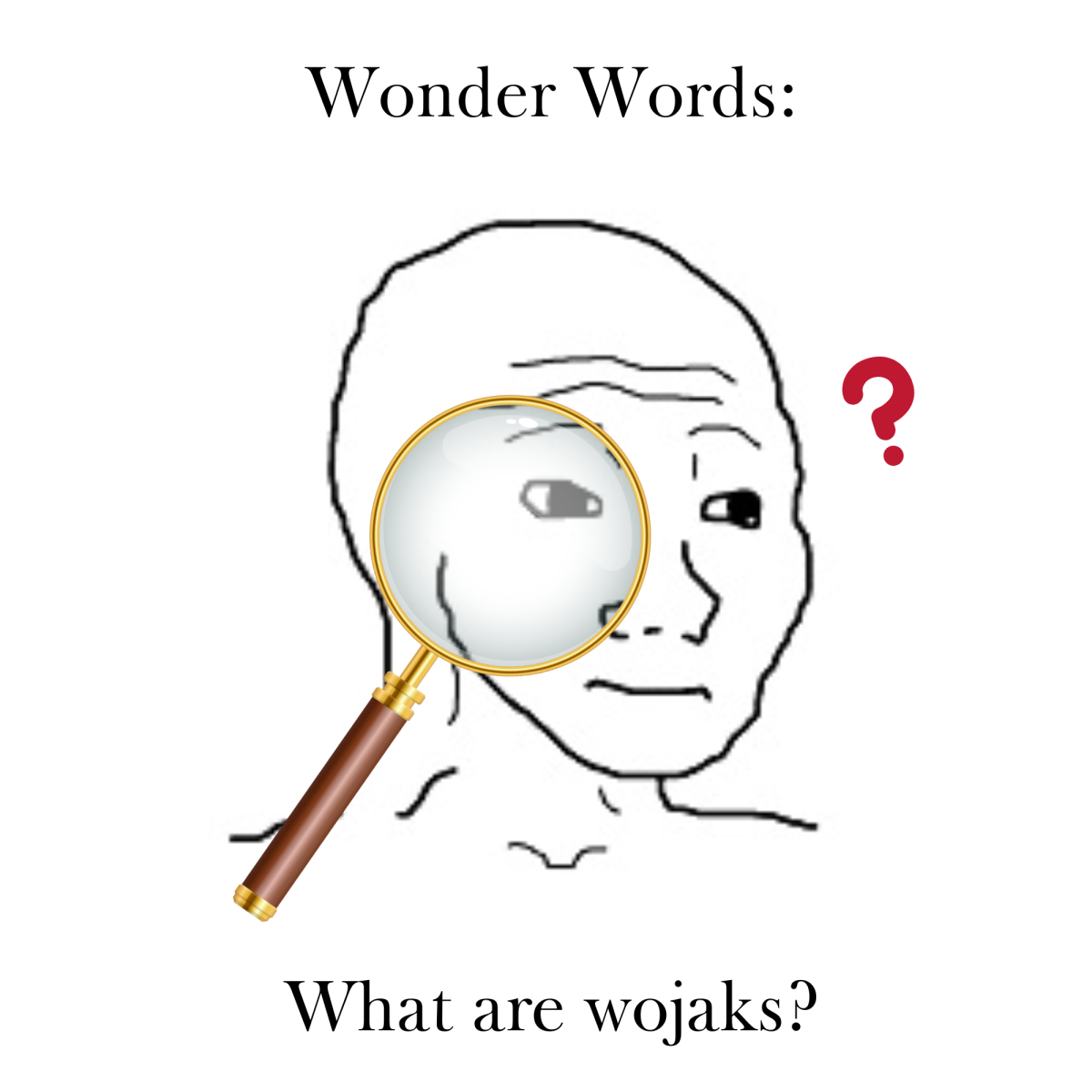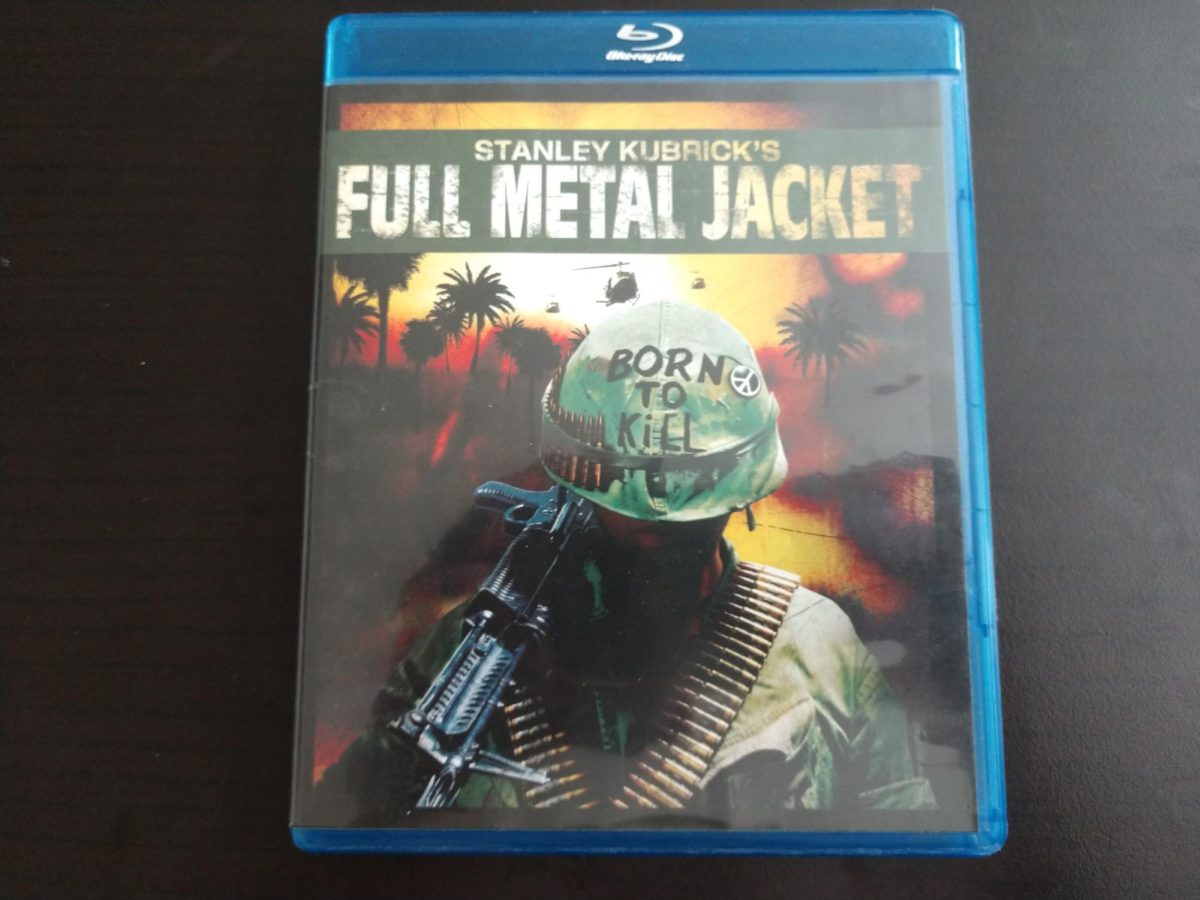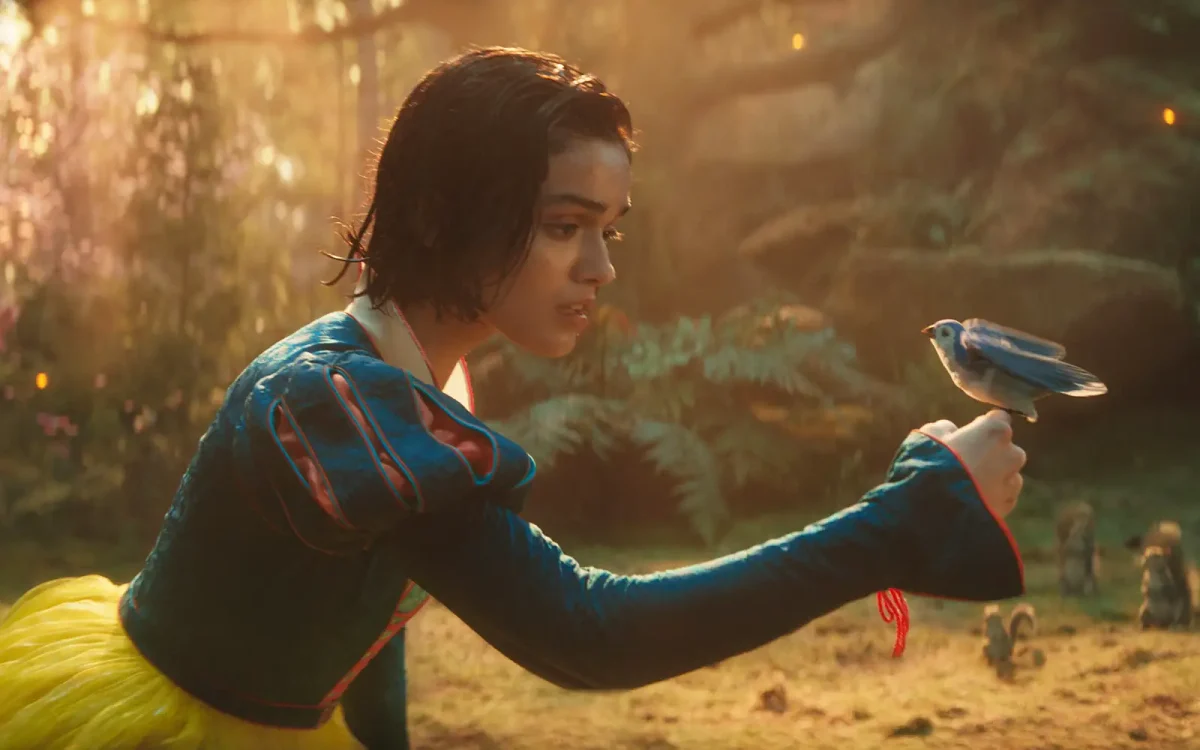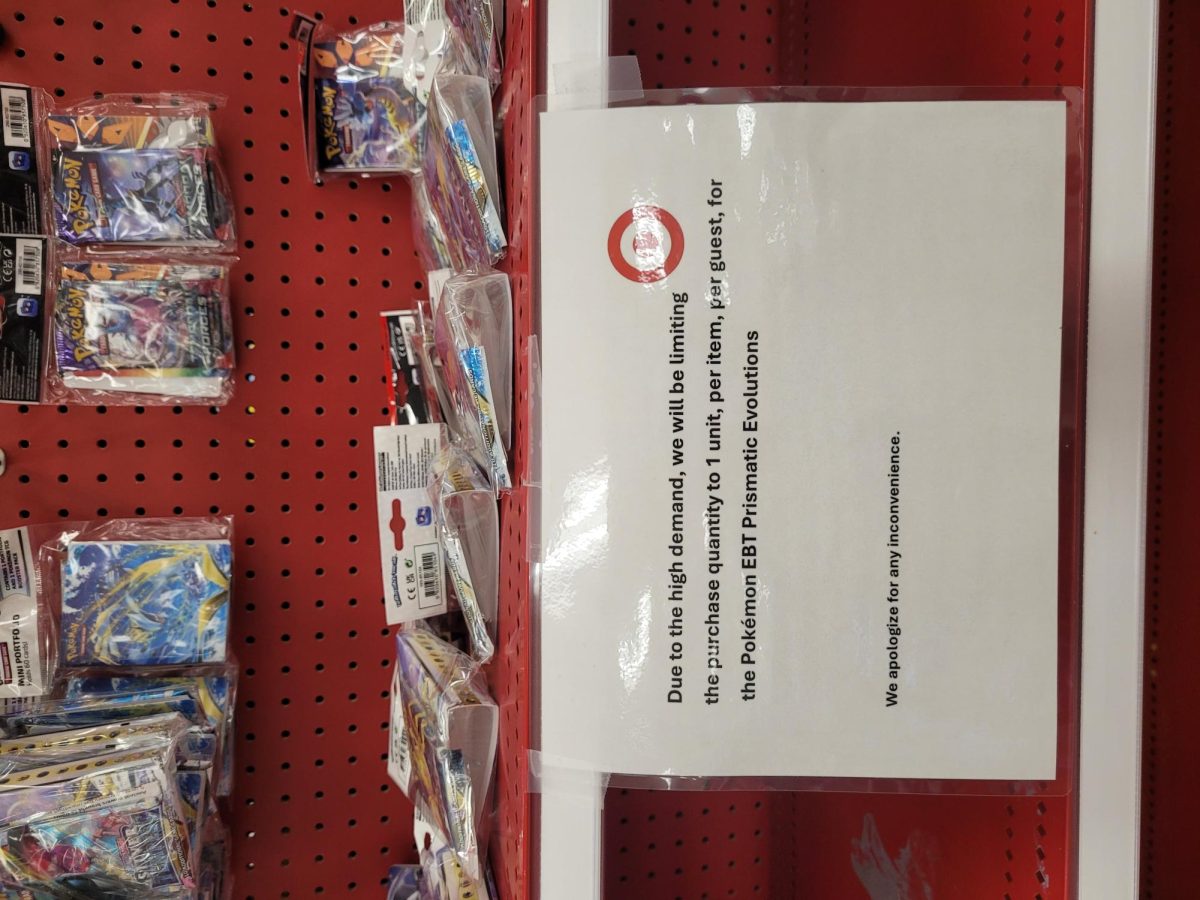Humans have long used art as a way of expression, from cave paintings to graffiti. The internet is no exception, while a useful and essential tool for gathering information and navigating daily life, it is home to today’s “cave paintings.” Maliciously drawn caricatures, absurd nonsense, and badly traced photos accompanied by poorly illustrated graphics invade the screens of any unfortunate victims unlucky enough to come across them. “Wojaks” are the name of this crudely drawn phenomenon, and you may have fallen victim to seeing them while scrolling on social media.
Wojaks, in their roughly 15 years of history, have been anything but simple to understand. Originating from the Polish language, 4chan, politics, bigotry, to brain rot, these humble creatures have become a central part of the internet and meme culture today. So hold my hand, dear reader, as we jump down the meme rabbit hole to the horrifying, complicated, and wonderful world of Wojaks.
The word Wojak stems from the archaic Polish word, wojak [ˈvɔjak], meaning soldier or fighter. Despite its martial roots, the term has little overlap with violence at all, as it has evolved into the name of a subset of drawn reaction images or depictions of certain stereotypes.
The questionable drawings first got their names in 2010 in the German imageboard Krautchan, where a user with the handle “Wojak” would post what is now the original: a simple black outline MS Paint illustration of a bald man with a pensive expression. The image, however, was a repost of a 2009 post, which is believed to be the first known instance of any wojak on the imageboard 8kun, formerly known as 8chan.
Wojaks started gaining popularity in the late 2010s, spreading across discussion board websites such as Reddit and 4chan. The spike in prevalence came with the emergence of new variations.
One popular early wojak meme was a comic of a wojak at a party, commonly known as the “I Wish I Was At Home” or, in its modern version, the “They Don’t Know” meme. Another recurring image was the “I Feel That Bro” wojak, where characters comforted each other. These Wojaks were used to express negative feelings, often accompanied by a story, or as a way to show a bit of irony when it comes to expressing sympathy.
As the wojak universe expanded, even more branches formed. In 2018, the -oomer Wojaks were born, thanks to 4chan users. The first -oomer wojak was that of the “30 Year Old Boomer” used to mock the out-of-touch nature of older millennials.
However, -oomer Wojaks were not just depictions of different generations; they were also used to project hate onto different political ideologies, many varying minority groups and even hobbyists; they were used to mock anyone the user could think of. The -oomer wojak phenomenon would end up giving rise to the wojak rage comic format.
Rage comics were short-panel stories made with pre-existing characters or drawn faces, getting their name from the faces often expressing rage or similar emotions. These comics were mainly popular during the early 2010s, having mostly lighthearted jokes, however, they made a drastic change with their resurgence around 2018.
This surge in relevancy had replaced the normally cartoony and silly faces found in rage comics with Wojaks. And like the characters within them, these modern rage comics often also had elements of bigotry.
This inspired the creation of even more variations of the Wojaks. These new variations were often named with the suffix -jak. These comics often used the caricature -oomer Wojaks along with new characters such as a raging or crying default Wojaks, chadjak, and soyjaks.
These -jak characters were mostly born from the likeness of real people as they were made via tracing. For example, “Soyjak trio,” one -jak meme depicts three of these characters, consisting of three. The character on the left was traced from an image of Tony Soprano, played by actor James Gandolfini, from the show The Sopranos. The central figure was traced from an image of gaming YouTuber, Markiplier, and the final image was traced from an image of Bernd Schmitt, former record holder for the largest mouth gape. Overall, the origins of these drawings were mostly figures in pop culture, although one popular illustration, chudjak, is based on Patrick Crusius, the 2019 El Paso Walmart shooter.
But these images, despite their strangeness, would finally find themselves in the mainstream thanks to the pandemic. In 2020, the number of times “Wojak” was searched up, skyrocketed, letting Wojaks enter yet another era. In today’s culture, the use of these characters has mainly stayed the same, being used to depict stereotypes and as reaction images. Although it had also become something different, brain rot.
Brain rot, defined by Merriam-Webster, refers to “material of low or addictive quality, typically in online media, that preoccupies someone to the point it is said to affect mental functioning.” Post-pandemic Wojaks became exactly what is defined as brain rot. From caricatures of non-existent stereotypes, SpongeBob memes, and low-quality storytime videos, wojak-based content was being created left and right for internet users to be entertained for hours on end. The addictive nature of these “works of art” and the combination of everyone being trapped in their homes for two years proved to be deadly, with Wojaks spreading to every social media platform, cementing themselves firmly as a pillar of online culture.
We have now reached the end of the intricate history of the world of Wojaks, at least for now. Despite their age, Wojaks do not seem to be fading into obscurity any time soon, with the constant need for internet users to visualize their emotions. These cave paintings of the internet serve to archive the evolution of the only ever evolving internet. And maybe one day they’ll find themselves in the same spot as actual cave paintings, being carefully dissected by historians for their meaning.







